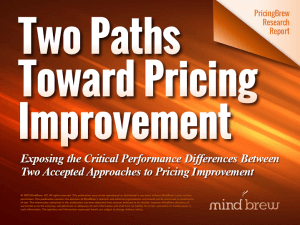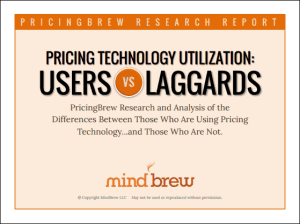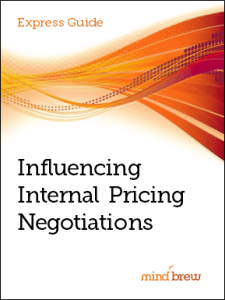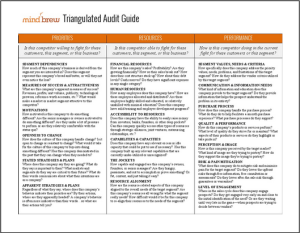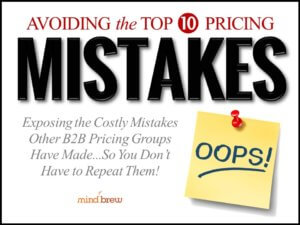Change is scary.
In both our personal and professional lives, humans are drawn to what is familiar. We fall into routines, schedules, and habits that become very hard to break. And if someone tries to get us to accept a new product or idea that is radically different than what we’ve encountered before, we might just run the other way screaming.
But change is also necessary . . . and exciting.
You know that your organization needs to change if you are going to keep pace with the evolving market. And when it comes to consumer products, you don’t want last year’s iPhone or last year’s Lexus. You want the new one with all the bells and whistles.
Nearly a century ago, Raymond Loewy, often called the father of industrial design, put forth a theory that captured these opposing feelings about change. He said that on the one hand people experience neophilia, a love for new things. And on the other, they experience neophobia, a fear of new things. In order to navigate between these contrary forces, he recommended that designers create the Most Advanced Yet Acceptable (MAYA) products. These products would take a familiar shape while gradually introducing more avant-garde design and cutting-edge features.
When B2B companies first get into pricing improvement, they often adopt this “MAYA” mindset. They take a crawl-walk-run approach, moving as slowly as possible so as to avoid causing internal disruption. They first get a team in place, and then establish some basic procedures before investigating the most advanced technology and best practices that set leading pricing teams apart.
In general, going slowly is a good way to deal with the turmoil of introducing a major change. But unfortunately, when it comes to pricing, it sometimes saddles companies with inefficient processes, excessive headcount, and limited capabilities.
In our research, we’ve found that B2B firms usually take one of two approaches when it comes to introducing the pricing discipline. The majority of firms take a MAYA, people-centric approach, while a smaller group takes a technology-centric approach. In this case, the data clearly shows that the technology-centric approach allows organizations to experience the full benefit of the pricing discipline much more quickly. And that in turn enables them to be much more competitive, more quickly.
You can read more about the details of this study in Two Paths Toward Pricing Improvement. The upshot is that the slower, less controversial path might be less likely to “upset the apple cart,” but it also lowers the bar on what the pricing function can accomplish.
If your company is serious about getting as much value as possible from pricing, it might be worthwhile to pursue the faster path, even if it means that you will have a harder time managing the internal reactions to the change.
Our advice: don’t let fear and internal strife lower the bar on what your pricing team can accomplish. Set the bar high by following best practices right from the beginning.

